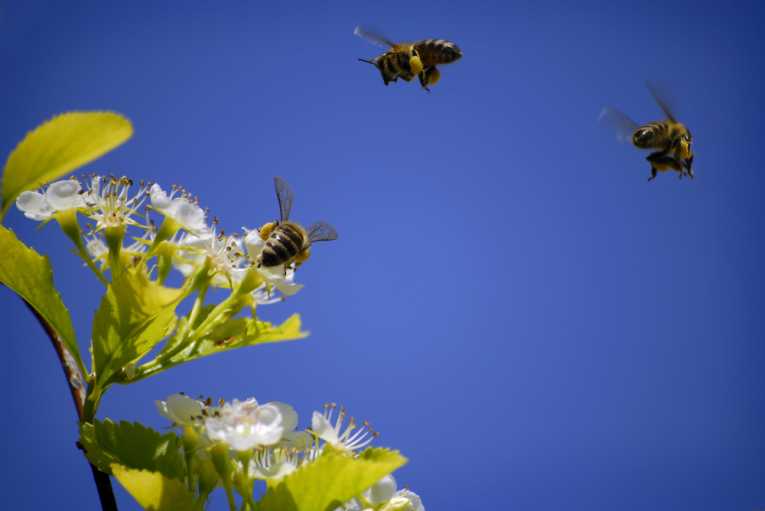How the phorid fly infects honey bees may help understand Colony Collapse Disorder (CCD)
The mass collapse of honey bees colonies could be caused by a tiny parasitic fly, researchers have revealed. Discovering more about how the phorid fly infects honey bees may help understand the devastating Colony Collapse Disorder (CCD), according to world insect expert Dr Brian V. Brown and other researchers.
Dr Brown, from the Natural History Museum, in Los Angeles, USA, is the co-author of a study about the fly just published in PloS One magazine.
The report reveals for the first time that the phorid fly that was know to prey on bumble bees, also infects honey bees and leads them to abandon their hives in the night.
Dr Brown says, "It seems to be concentrated near the coast, which is where our collecting has also encountered the flies."
Honey bees, particularly in North America and Europe, have been decimated by CCD, which causes worker bees to leave their hives. It has previously been believed that viruses, mites and fungal parasites could be to blame, but this report clarifies the situation.

Above are images of Apocephalus borealis and honey bees. (A) Adult female A. borealis. (B) Female A. borealis ovipositing into the abdomen of a worker honey bee. (C) Two final larvae of A. borealis exiting a honey bee worker at the junction of the head and thorax (red arrows); Credit: Natural History Museum of Los Angeles County
The study details how honey bees infected by the fly (Apocephalus borealis) abandon their hives and die a short time later.
Around a week later, a maximum of 13 phorid larvae emerge and pupate. The authors used DNA coding to prove the honey bees phorids are the same species as those infecting bumble bees.
It is hoped that the research will lead to greater understand of the cause of CCD and halt its spread.
Dr Brown writes a blog about phorid flies at: www.flyobsession.net.
Andrew Core, Charles Runckel, Jonathan Ivers, Christopher Quock, Travis Siapno, Seraphina DeNault, Joseph DeRisi, and John Hafernik, of the San Francisco State University, also co-wrote the report.
The Entomology Department at the Natural History Museum of Los Angeles County contains almost 6 million insect and spider specimens - including phorid flies. It was established at the museum's founding in 1913.
For more details about the museum, visit: www.nhm.org.










